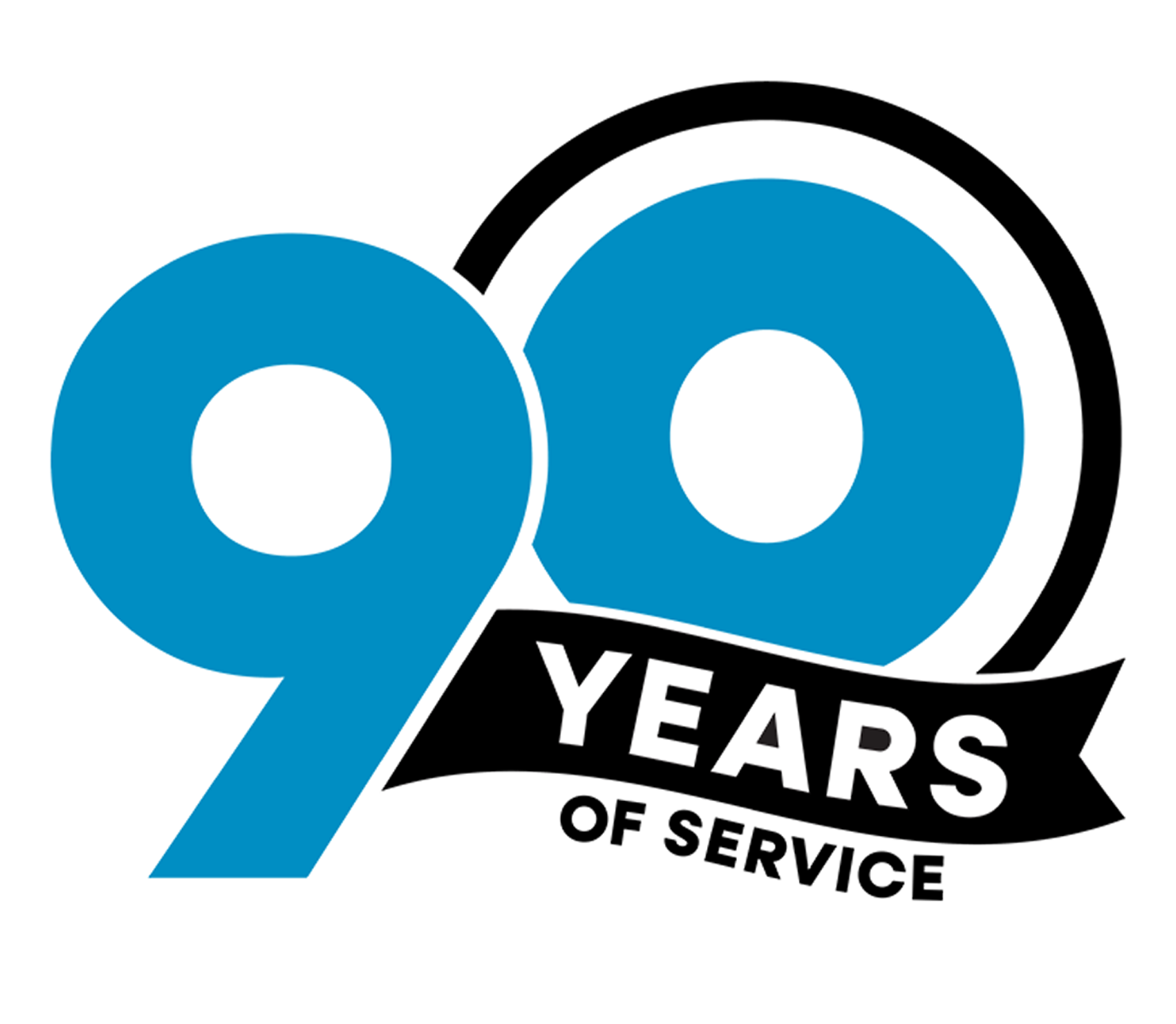Student loans are a helpful tool for covering the costs of higher education, but they come with long-term financial responsibilities. Unfortunately, most college-bound students don’t have a clue what they are getting themselves into. According to a Brookings Institution study, only a minority (38 percent) of students who took out loans could correctly guess how much they borrowed. And yet, as of June 2024, Americans owe about $1.6 trillion in student loans—42% more than what we owed a decade earlier.
Before you sign on the dotted line, it’s important to understand how student loans work. So, here’s a little primer on what kind of student loans you’ll encounter and how to borrow smartly.
Federal vs. Private Student Loans
There are two main types of student loans: federal loans and private loans. Federal student loans are, unsurprisingly, issued by the government. They typically offer lower interest rates and borrower protections like deferment and forbearance.
Private student loans, on the other hand, are provided by banks or online lenders and are not backed by the federal government. They account for a significantly smaller portion of overall student loan debt (approximately 7.79%, compared to 92.21% for federal loans) and usually have higher interest rates and fewer protections. Students may consider private loans to cover costs not covered by federal loans or for programs that are not eligible for federal aid. However, qualifying for a private loan may require a strong credit history or a co-signer.
💡 Key Takeaway: Opt for federal loans before private ones. Federal loans are generally a better first choice because they come with more flexibility.
Direct vs. Indirect Loans
In lending, a direct loan comes directly from a lender to the borrower, while an indirect loan involves a third party, such as a guarantor or intermediary. Older programs like the Federal Family Education Loan (FFEL) Program involved private lenders issuing loans that were backed by the government. Today, all new federal student loans come through the Direct Loan Program, but many borrowers still owe money on loans from now-defunct indirect lending programs.
Direct Loans
Currently, direct student loans come directly from the U.S. Department of Education through the Direct Loan Program. Almost all federal student loans today are Direct Loans, including:
- Direct Subsidized Loans
- Direct Unsubsidized Loans
- Direct PLUS Loans (for graduate students and parents)
- Direct Consolidation Loans
Indirect Loans
While the term “indirect loans” isn’t commonly used in student lending today, FFEL and Perkins Loans functioned similarly to indirect loans.
- FFEL were issued by private lenders (such as banks and credit unions) but guaranteed by the federal government. The program ended in 2010, but many borrowers still have those loans in repayment.
- Perkins Loans were low-interest loans for students with exceptional financial need, issued directly by colleges and universities rather than the federal government. The program ended in 2017.
💡 Key Takeaway: If you’re applying for federal student aid now, you’ll almost certainly receive a Direct Loan from the government. Private loans, which could be considered “indirect” in some contexts, should usually be a last resort after federal options are exhausted.
Subsidized vs. Unsubsidized
Federal loans are either subsidized or unsubsidized. The key difference is how interest works. With subsidized loans, the government takes care of the interest on your loan while you’re enrolled (at least half-time), during the grace period (six months after graduation), and during deferment periods. This means you won’t pay interest, and your loan balance won’t grow while you’re in school. That said, direct subsidized loans are only available to undergraduate students with financial need.
Unsubsidized loans, on the other hand, start accruing interest immediately after they are disbursed. You can make interest payments while you’re in school, but if you don’t, the unpaid interest will be added to your loan balance (capitalized), increasing the total amount you owe. Direct unsubsidized loans are available to both undergraduate and graduate students, regardless of financial need.
💡 Key Takeaway: If you qualify, subsidized loans are the better option as they save you money over time.
What to Borrow
When taking out student loans, it’s important to borrow only what you need—and what you can afford to repay. While federal loans have annual and lifetime borrowing limits, that doesn’t mean you should take the maximum amount offered. A good rule of thumb is to estimate your future income based on your field of study and try to keep your total student loan debt below your expected first-year salary after graduation. (This is one moment when it is wise to underestimate your potential.)
Also, keep in mind that student loans can be used for more than just tuition. Funds can also cover:
- Room and board (on-campus housing, rent, utilities, groceries)
- Books and supplies (including required technology like a laptop)
- Transportation (commuting costs, but not car payments)
- Personal expenses (basic necessities, but not entertainment or luxury purchases)
However, loans should not be used for unnecessary expenses like vacations, dining out, or non-essential shopping. Borrowing responsibly can help you avoid excessive debt and set yourself up for financial success after graduation.
💡 Key Takeaway: Borrow only what you need and can reasonably repay.
Understanding Student Loan Interest Rates
Interest is the cost of borrowing money, and when you take out a student loan, your interest rate determines how much extra you’ll pay on top of the original loan amount. All federal student loans issued after July 1, 2006, have fixed interest rates, meaning they stay the same for the life of the loan. Most private student loans also offer fixed rates, though some have variable rates that fluctuate with the market.
Federal student loans accrue interest daily using a simple interest formula, which means interest is calculated based on the original loan balance. However, unpaid interest may be capitalized—added to the principal—when entering repayment, pausing payments (forbearance), or switching to a different repayment plan. Private student loans also accrue interest daily, but capitalization rules vary by lender.
Here is how simple interest is calculated using the simple daily interest formula:
Interest per day = ( Loan Balance × Interest Rate ) / 365
So, for example, if you have a $10,000 loan with a 6% interest rate, the daily interest accrual would be:
Interest per day = (10,000 × 0.06) / 365 = 1.64
This means your loan accrues $1.64 in interest per day, or about $49.20 per month if unpaid. With subsidized loans, the government covers the interest while you’re enrolled in school, but with unsubsidized loans, this interest keeps accruing, and any unpaid amount is capitalized, which increases your total loan balance. It’s just one of the reasons why making interest payments before graduation is a smart way to manage your loan.
Navigating Repayment Terms
Repayment terms depend on the type of loan and the plan you choose. On unsubsidized and private loans, interest accrues from the day they are disbursed, so making early payments on interest can help reduce long-term costs.
- The standard repayment plan for federal loans is 10 years, with fixed monthly payments.
- Income-driven repayment (IDR) plans adjust payments based on your income and family size. If available, an IDR can make monthly payments more manageable but may extend repayment to 20 or 25 years.
- Private loans have different repayment terms, typically ranging from 5 to 20 years, depending on the lender.
💡 Key Takeaway: If you can afford it, make interest payments while in school. This will reduce how much you owe after graduation, lower your total repayment cost, and could have a positive impact on your credit history.
6 Tips for Staying on Top of Payments
Once repayment begins, stay organized and proactive to manage your student loans efficiently (and potentially reduce the amount you pay in interest over time). Here are some key strategies:
1. Know Your Due Date
Set reminders for when payments are due to avoid late fees (and potential damage to your credit score).
2. Make Payments While in School
Even small payments toward interest can prevent capitalization and reduce your overall loan cost.
3. Pay More Than the Minimum
If possible, pay extra toward your loan principal. This reduces the amount of interest that accrues over time and helps you pay off your loan faster.
4. Set Up Automatic Payments
Many lenders offer an interest rate discount (typically 0.25%) for enrolling in autopay, making this an easy way to save money and make sure you never miss a payment.
5. Prioritize High-Interest Loans
If you have multiple loans, focus on paying down the ones with the highest interest rates first to save the most on interest.
6. Keep Track of Loan Details
Know your loan servicer, interest rates, and repayment terms. Keep all this information in one place to make it easier to stay in control of your debt and access details when you need them.
6. Claim the Student Loan Interest Deduction
Remember that if you pay interest on student loans, you may be eligible to deduct up to $2,500 per year on your federal tax return, which can help lower your taxable income.
Student loans can open doors to higher education, but understanding how they work is crucial to managing debt wisely. By borrowing responsibly, staying informed about repayment options, and making payments on time, borrowers can set themselves up for long-term financial success.

